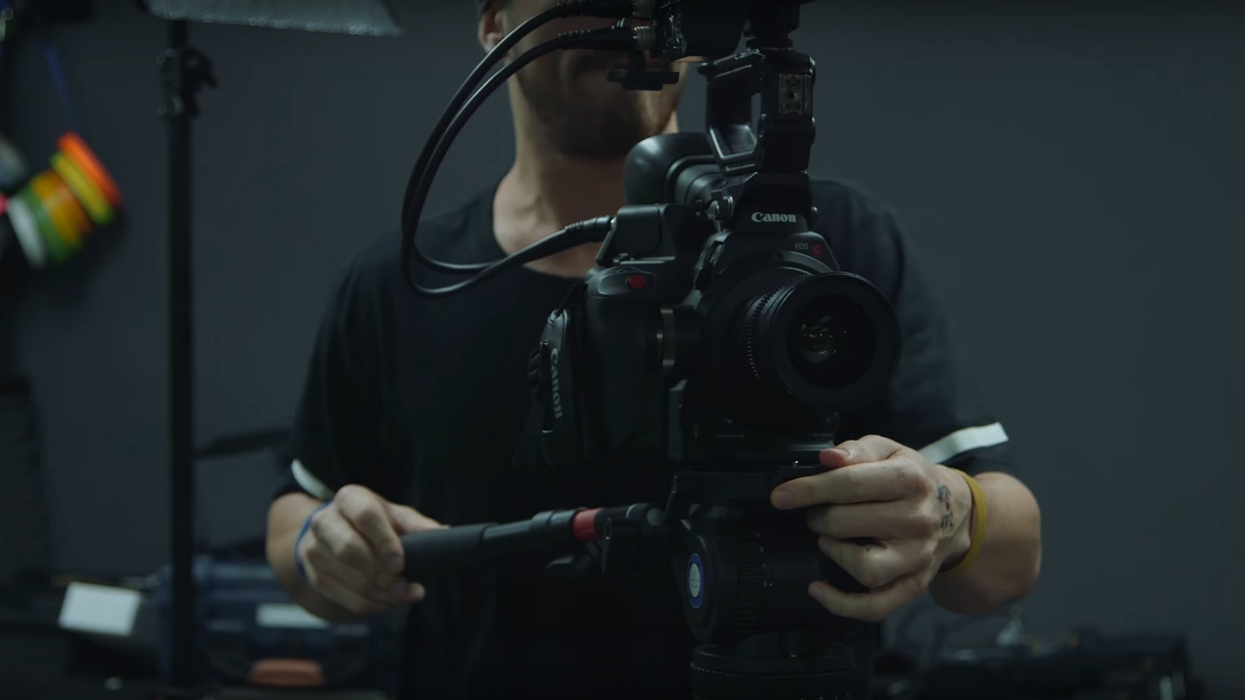Video: 5 Clever Filmmaking Tricks You Should Know About
Learn how to pull off some of the oldest (but best) tricks in the filmmaking book.

Filmmaking has a lot of secret tricks of the trade that a beginner may not be aware of—until now! Ryan Connolly and the rest of the crew over at Film Riot have made a video detailing five simple filmmaking tricks that you can use in almost every of your projects, including how to make a room appear bigger than it is, how to make sexy movie sweat, and how to shoot for the reverse. Check it out below:
How to make a room bigger
Some spaces don't leave you with much room to work with, which makes it difficult to get the coverage you want without making the scene feel claustrophobic. Luckily, there's a way pros maximize small spaces to give the illusion that the scene is taking place in a bigger, more spacious location. If you're shooting something like an over-the-shoulder scene, simply shoot one character's dialogue from one side of the room, and then move your camera to the opposite side to pick up the other's.
How to cheat a background
If you're pressed for time or just lazy like me and can't/don't want to change your lighting/camera setup for a simple dialogue scene, you can always just change out your actors instead. The trick here is to make sure that the background, which is the same for both shots, doesn't look the same. Adjusting the angle or framing usually does the trick.
How to shoot for the reverse
Have you ever wanted a prop to land in a specific spot in the frame or needed to have one go dangerously close to your camera? Instead of recording the most frustrating version of cinematic ring toss or trying to avoid damaging your camera, you can always shoot for the reverse. This simply means that you have actors perform an action in reverse and then reverse the shot in post. A good example of this is what I call a "lights out" shot, a 1st person POV shot in which an actor swings a weapon at the camera.
How to make movie sweat
- Water + glycerine = movie sweat
- Baby oil = movie sweat
- Baby oil + Vaseline = super sexy movie sweat
How to do a whip pan transition
Whip pans, which is just a really fast pan, can be used for a number of things, but Connolly talks about using them for transitions and special effects. For a whip pan transition, simply perform a whip pan from one side of the frame to the other (let's say from left to right), then shoot another in the same direction. Once you edit them together, it'll look like a single whip pan, but it'll serve as a good transition from one shot to the next. You can also use this technique for special effects, like, I don't know, a guy shooting a gun at some guy off screen and then a whip pan reveals this guy catching the bullet in his teeth. Boom! Done.
What are some filmmaking tricks that you know? Leave them down in the comments!
Source: Film Riot












